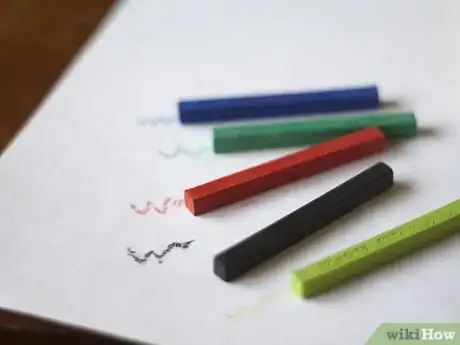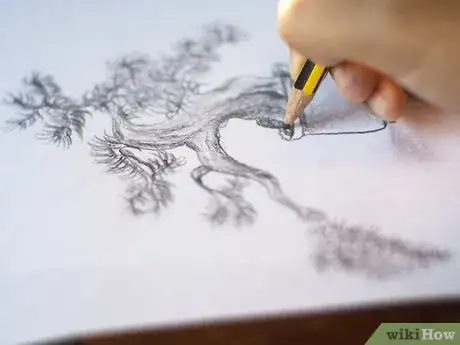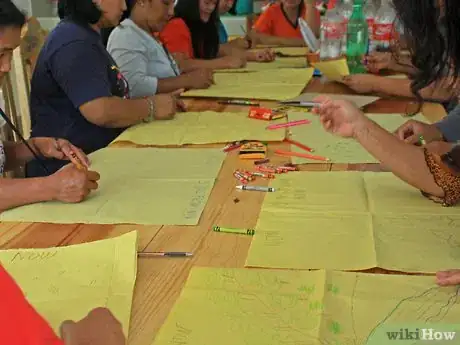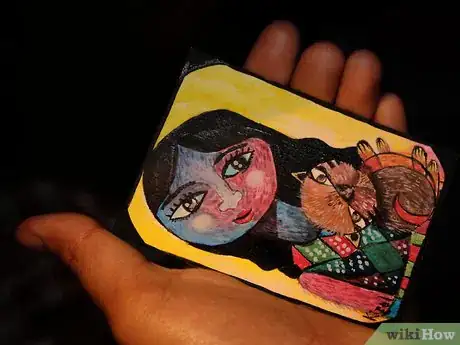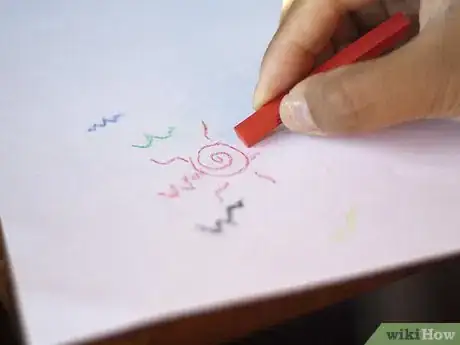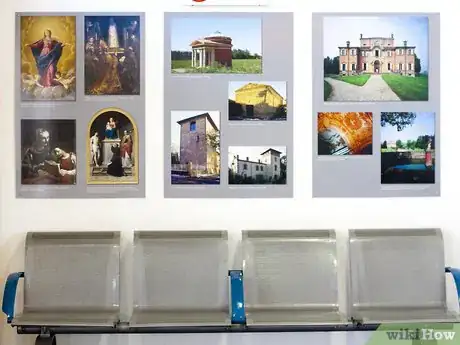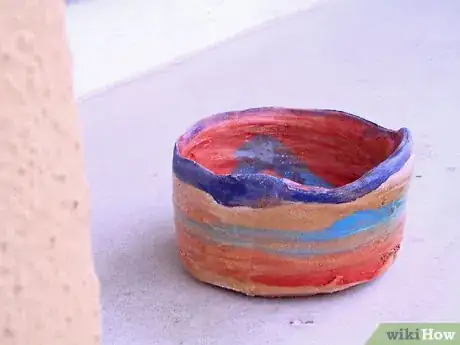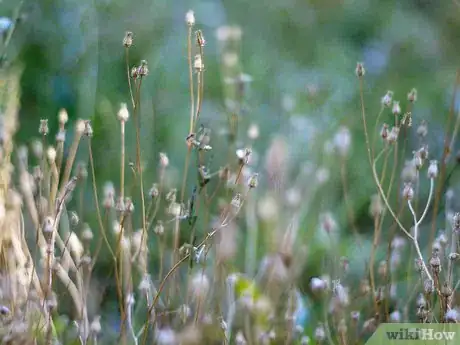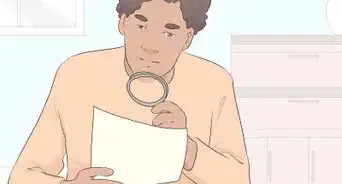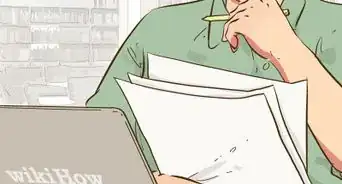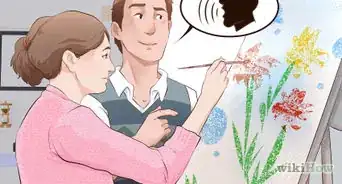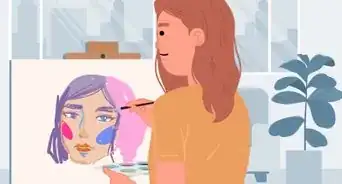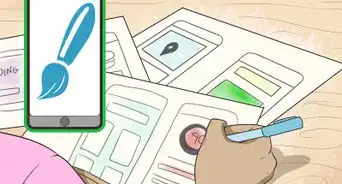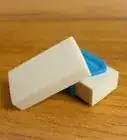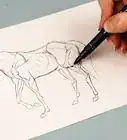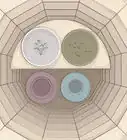This article was co-authored by Kathy Leader. Kathy Leader is an Artist and the Owner of The Art Process. With more than 36 years of art education experience, she specializes in providing mixed media art workshops for individuals and groups. In addition, she works with businesses and organizations to build morale, encourage creative problem solving, and find de-stressing tools. Kathy holds a BFA in Art Education from The University of Cape Town.
This article has been viewed 58,994 times.
Artists may use many mediums to express themselves, and with practice, perseverance, and talent, art can be anything from a passionate hobby to a lucrative career.
Steps
-
1Practice with various mediums. Art is created with an almost limitless variety of mediums, from oil paints to clay, from stone to electricity. Here are a few popular media used by artists.
- Pencils and paper. Drawing is a fundamental art form, probably first practiced with a piece of charcoal or some colored clay on a cave wall. It is now a refined technique using a variety of paper and pencils.
- Pen and ink. Pen and ink is another form of drawing, using heavy rag paper or scratchboard, and usually a nib pen and ink. It can be used to create dramatic contrasts and exquisite detail.
- Pastels. Pastel sticks are pigment mixed with a very little binder and rolled to form sticks that resemble colored chalks. Only the cheapest student-grade ones are dyed chalk. They can be used for drawing or painting on pastel paper, heavy sketch paper, watercolor paper,, or sanded pastel paper.
- Oil pastels. These sticks resemble crayons and range from very inexpensive children's oil pastels to artist-grade oil pastels made with expensive pigments. Much more opaque than crayons, they work on paper, boards, wood, canvas, metal, or almost any surface.
- Watercolors, oils, and acrylic paints. These are vastly different media, grouped only because they are familiar to most people, and are all used in what we know as "painting".
- Ceramics. This media is clay, which can be hand-shaped, formed in a mold, thrown on a potter's wheel, or sculpted by other means.
- Sculpting with stone. This is a challenging and physically demanding technique. Modern technology has created tools for removing stone to form a shape, but traditionally it is done with a hammer and chisels.
- Photography. A technique that is constantly in a state of change, with new technologies emerging continuously, from digital cameras and editing to special effects filters and lighting.
- Carving. Usually done with chisels and knives, this is a traditional art form that has also benefited from technology, with the emergence of die grinding tools for shaping, saws, and shapers to duplicate images and remove large amounts of wood quickly, and glues and resins for refitting or laminating the workpiece as it is worked.
- There are many other media and simply too many techniques to cover them all in one article.
-
2Experiment with the above techniques and materials, or others, to see which is more enjoyable and productive to you, as an individual.
- Try new materials from those you've already used before. Play with different subject matter, new colors, varied compositions, to see how far you can push your own boundaries and develop your own artistic style.
Advertisement -
3Look at classes offered in your area, or even online. Many school districts offer art classes for students from elementary school through high school. Often these are elective courses beyond the elementary school level, and if you are interested in art, try to work your school schedule to take all the art classes possible. Community Colleges and Universities sometimes offer adult education classes in many art techniques.
-
4Check for studio classes or private art teachers if no classes are available where you live. In former times, almost all artists began as apprentices to "Masters", those who had completed their apprenticeships and were tradesmen in their craft. Now, some artists will offer apprenticeships to talented individuals who learn from their teacher as they do other studio work as payment.
-
5Practice your medium. Keep a record or a portfolio of your work, whether it is in a sketchbook, an album, or with photographs of sculptures or carvings. This will enable you to see improvements and establish a personal technique.
Work with your talents and skills when you have an opportunity. If you have talent and develop skills as a painter or in drawing, you may get a chance to do some commission work making posters or signs for neighborhood businesses or events.
-
1Watch for contests or art shows which feature the medium you work in. Shopping malls, community organizations, and other groups often sponsor "juried" showings of work and invite members of the community to display, and sometimes sell, their work. This will be an opportunity to share ideas with other artists, and to see the public reaction to your work.
-
2Don't be disappointed when every project is not a success. This is especially true of sculpture or ceramic projects, which may fall apart during the creative process.
-
3Look for inspiration everywhere you go. Be very observant and pay attention to the whole world around you! From the trees in your local park, to how their golden leaves glow in the natural light, the world is full of shapes, textures, images, colors, and forms, and many of what are regarded as masterpieces were created using a simple, not beautiful subject, and the talent of a dedicated artist.
Community Q&A
-
QuestionMy son is a great artist. Where can I submit his pencil drawing of himself and his girlfriend so that other people can see his talent?
 Community AnswerDeviantArt is a good website for this. Tumblr, Facebook, and Instagram are all social media sites where people frequently post their art as well.
Community AnswerDeviantArt is a good website for this. Tumblr, Facebook, and Instagram are all social media sites where people frequently post their art as well.
Warnings
- Never expect to sell every work you create. Art is a "demand" market, and so, it may be up to you to use creativity to create a demand for your work.⧼thumbs_response⧽
- Some art media involve dangerous chemicals or produce hazardous conditions. Dust from ceramics contains silicates, which can cause respiratory problems, and some paints contain heavy metals, which can be toxic upon digestion or respiration. Therefore, never eat or drink during a painting session. Wash your hands afterward.⧼thumbs_response⧽
- Don't sell works made with student-grade supplies. They are often not light-fast and within months or a couple of years may fade and look bad. Customers tell other customers about this and you can hurt your career.⧼thumbs_response⧽
Things You'll Need
- Tools of your chosen medium, whether pencil and paper, paints and brushes, or cameras and lenses.
